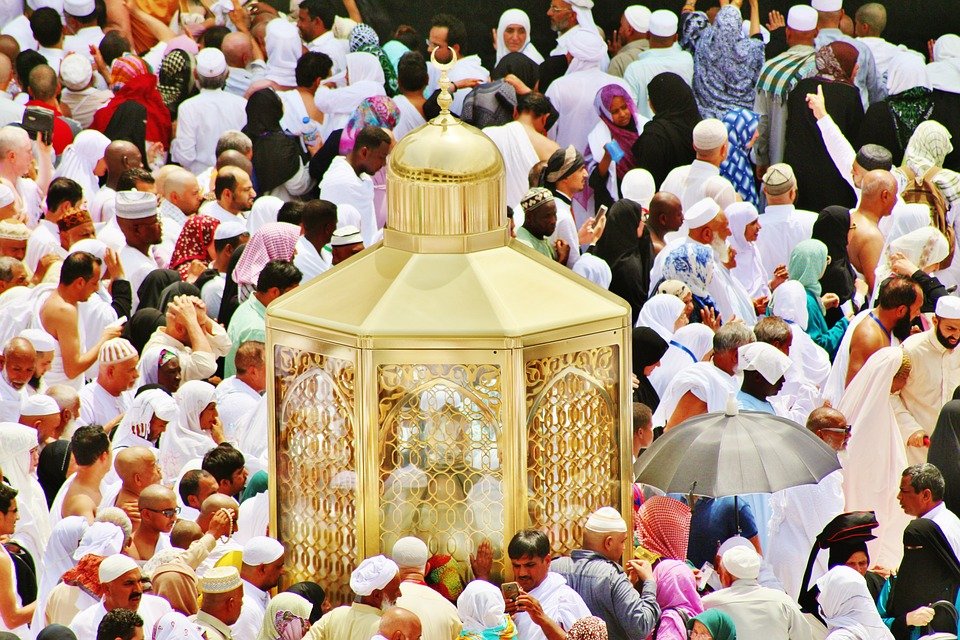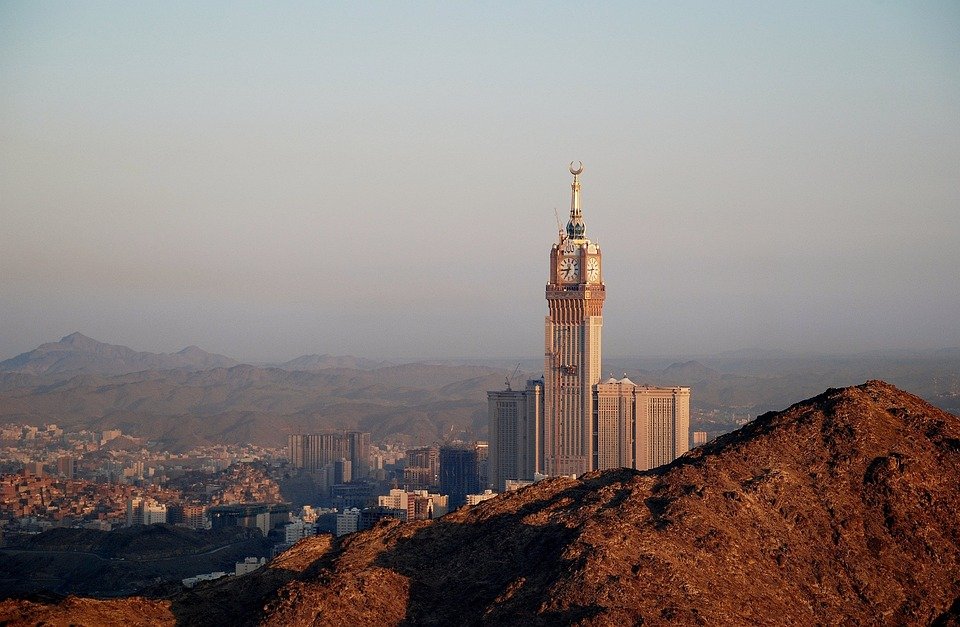You are here to read: How Often Does Hajj Happen? Frequency and Significance Explained – A Thoughtfully Written Guide Offering Spiritual Wisdom and Travel Advice for Every Pilgrim who is going on holy journey of Hajj or Umrah.
The topic “how often does Hajj happen” is essential for anyone looking to deepen their understanding of this significant Islamic pilgrimage. I think it’s fascinating to note that Hajj occurs annually, specifically during the Islamic month of Dhul-Hijjah. In this article, I assure you that you’ll find a comprehensive guide detailing the frequency of Hajj and everything related to this sacred event. The insights shared here will provide clarity and empower you in your quest for knowledge about how often Hajj happens.
Understanding how often Hajj happens carries profound significance within the Islamic faith. I feel it’s crucial to recognize that this pilgrimage is not just an annual ritual; it holds deep spiritual meaning and fosters unity among Muslims worldwide. At Airlinkhajjandumrah.com, we have dedicated nine years to supporting travelers in Makkah and Madinah, equipping us with the expertise to provide valuable insights. Our aim is to explain not only the frequency of Hajj but also its importance in the lives of millions of believers. I invite you to read on and enrich your understanding of this spiritual cornerstone.
What is Hajj?
Hajj is a special pilgrimage that millions of Muslims from all over the world undertake each year. It happens in the holy city of Makkah, Saudi Arabia, and is one of the Five Pillars of Islam. This means it’s a fundamental part of the faith. Every capable Muslim is required to perform Hajj at least once in their lifetime, which emphasizes its immense significance. During this pilgrimage, followers partake in various rituals that honor their faith and bring them closer to Allah (God).
The rituals of Hajj take place in a specific sequence and are designed to show devotion and commitment to God. From wearing simple white garments known as Ihram to walking around the Kaaba, each action has great meaning. Hajj is not just a physical journey; it is also a spiritual one that helps participants reflect on their lives, seek forgiveness, and grow closer to their community. This shared experience fosters unity among Muslims, breaking down barriers of nationality or culture.
How Often Does Hajj Happen?
Hajj occurs once a year during the Islamic month of Dhu al-Hijjah. This month follows the lunar calendar, which means the dates of Hajj shift every year. In 2023, for example, Hajj took place in late June to early July. Observing the lunar calendar gives Hajj a unique rhythm that many participants look forward to while marking their calendars with anticipation.
When Hajj time approaches, many Muslims prepare months in advance. Some save money, while others organize travel plans with agencies specializing in uplifting experiences. It’s heartwarming to witness families and friends gather to perform this sacred act, demonstrating their faith and love for God. The annual occurrence of Hajj allows Muslims from diverse backgrounds to come together and remind each other of their shared beliefs and values.
The Significance of Hajj
Hajj is not just a physical undertaking; it carries profound spiritual significance. Muslims believe that participating in Hajj cleanses the soul, renewing their faith and commitment to God. The pilgrimage offers a chance for reflection and personal growth. Many pilgrims return home changed, feeling a deeper connection to their beliefs.
You're at the middle of this awesome post at AirlinkHajjandUmrah.com through: How Often Does Hajj Happen? Frequency and Significance Explained. Keep reading, it gets better!
Additionally, Hajj serves as a reminder of equality among all Muslims. While everyone wears the same simple garments, issues of class or status fade away. This unity promotes a sense of brotherhood, allowing participants to realize that they are part of something grander than themselves. It’s a remarkable chance to bond with millions of others who share the same journey and devotion.
Rituals of Hajj
The rituals performed during Hajj are deeply symbolic. One of the most notable is the Tawaf, where pilgrims walk around the Kaaba seven times. This act represents the unity of believers in the worship of the One God. Another significant ritual is standing at Arafat, where participants pray and reflect on their lives, seeking forgiveness for their sins. This day is often described as the pinnacle of Hajj, known for its emotional and spiritual impact.
Each ritual not only fosters individual reflection but also enhances community bonds. When pilgrims gather, they share moments of joy, struggle, and devotion. This communal experience of Hajj helps reinforce the understanding that they are all part of the same global family. The rituals create lasting memories that pilgrims cherish for a lifetime, and each year, new stories and experiences emerge from this awe-inspiring event.
Challenges Pilgrims Face
Even though Hajj is a deeply rewarding experience, it isn’t free from challenges. With millions of people attending, navigating the crowded spaces can be daunting and overwhelming. Many find it difficult to stay together with their groups, which can lead to feelings of anxiety or confusion. However, these hurdles often foster a sense of camaraderie as individuals help each other along the way.
Moreover, the climate can pose difficulties. The extreme heat in Makkah can be tough, especially for those not accustomed to such temperatures. Staying hydrated and taking breaks becomes essential for many pilgrims. Yet, facing and overcoming these challenges can deepen the sense of achievement and fulfillment participants feel, reminding them that they are on a journey not just of physical endurance, but of faith and resilience.
Preparing for Hajj
Proper preparation enhances the pilgrimage experience significantly. Many aspiring pilgrims start planning their trip well in advance. This can involve attending workshops to learn about the rituals or speaking to those who have previously completed Hajj. I think this preparation can make the process more meaningful and enjoyable.
Packing the right items is essential as well. Comfortable clothing, essential medications, and prayer materials help ensure that pilgrims stay focused on their spiritual tasks. Additionally, understanding the timeline of events helps participants manage their time efficiently, allowing them to engage fully in the rituals without feeling rushed. Overall, thoughtful preparation translates to a more memorable and enriching experience.
Impact of Hajj on Communities
The impact of Hajj extends beyond individual participants; it reaches their families and communities back home as well. Returnees often share stories and experiences, inspiring others to nurture their faith. This storytelling creates a ripple effect, encouraging more people to consider embarking on the journey.
Communities also benefit economically through Hajj. Tour operators and local businesses thrive, as pilgrims require various services ranging from accommodations to food. This influx of visitors fosters cultural exchange and mutual respect among different peoples. In my opinion, Hajj serves as a powerful reminder of shared humanity, drawing people together in love, faith, and understanding.
That wraps up How Often Does Hajj Happen? Frequency and Significance Explained. Thanks for sticking with us till here! Share this: How Often Does Hajj Happen? Frequency and Significance Explained with your friends.
Check our homepage at Air Link Hajj & Umrah for more awesome updates.
Some interesting posts are: 1: Umrah Mubarak, 2: When is Umrah closed 2026?, 3: When does Umrah start after Hajj 2026?
Mushu, an experienced Saudi Arabia traveler and writer, shares insightful tips and spiritual reflections to enhance Hajj and Umrah journeys for fellow pilgrims. He has been to Makkah and Madina from 2016 to 2023 many times and his posts will reflect this.







